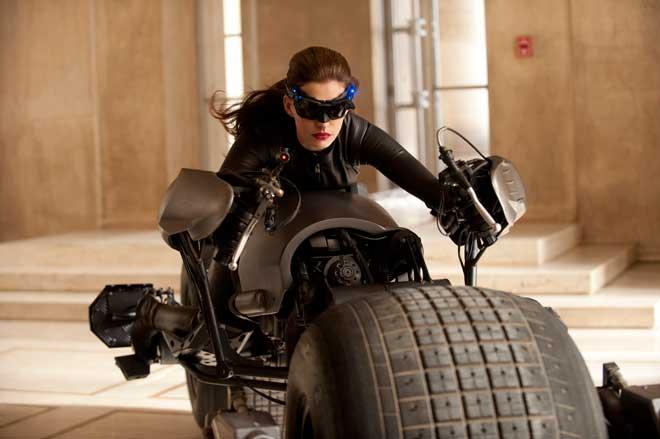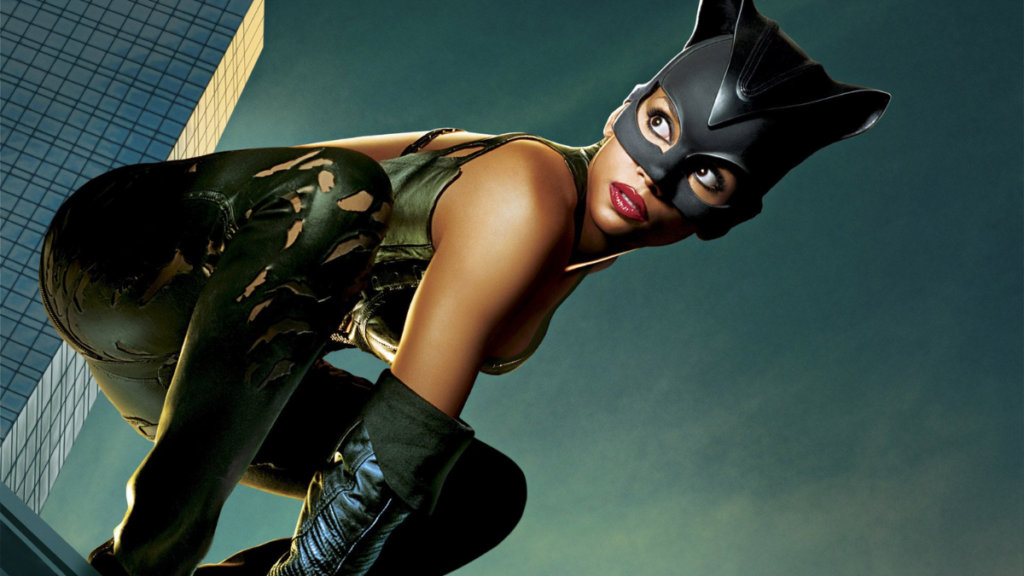Catwoman: Anti-Hero or Villain? The Complex Morality of Selina Kyle

Few characters in the superhero genre embody complexity and moral ambiguity quite like Selina Kyle, aka Catwoman. Her evolution from a simple jewel thief to one of DC Comics’ most nuanced anti-heroes is a testament to the ever-changing landscape of comic book storytelling. Throughout her journey, Catwoman has walked the fine line between villain and anti-hero, with shifting loyalties and ethical dilemmas defining her path.
The Origins: Catwoman as a Villain
Catwoman made her debut in Batman #1 (1940), created by Bob Kane and Bill Finger. In her earliest incarnation, Selina Kyle was a classic femme fatale—a cat burglar and master of disguise with a penchant for high-stakes theft. She represented a criminal force of chaos in Gotham, standing as one of Batman’s earliest foes. Her motivations were simple: greed and the thrill of outwitting Gotham’s caped crusader. She was a villain in the traditional sense, with her romantic tension with Batman merely a subplot to her lawbreaking ways.
However, even in these early stories, hints of something more than just a two-dimensional villain began to emerge. Unlike Batman’s more psychopathic adversaries, Catwoman was never portrayed as evil for the sake of being evil. Her crimes were often nonviolent, and her thefts were more about the art of the heist than the harm they caused. This set the stage for the more complex character she would eventually become.

The Shift Toward Ambiguity
By the 1980s, comic book storytelling took a darker and more introspective turn. During this time, Catwoman began to evolve into a character who could no longer be easily categorized as just a villain. Frank Miller’s ‘Batman: Year One’ (1987) was a pivotal moment for Selina Kyle. Here, she is depicted as a woman shaped by the harsh realities of Gotham’s underbelly. Her life as a s*x worker and her desire to escape poverty gave her motivations that were rooted in survival, not malice.
This version of Selina Kyle was still a thief, but her reasons were much more sympathetic. She stole from the wealthy and corrupt, positioning herself as a kind of urban Robin Hood, taking back power from those who oppressed her and others like her. Her moral code became evident—while she may break the law, she has a clear sense of justice, often targeting those more morally corrupt than herself.
This era marked the beginning of Catwoman’s transformation from a villain to an anti-hero, driven by personal ethics rather than a desire for wealth or chaos.

Anti-Hero Emergence: The 1990s and Beyond
The 1990s and 2000s saw Catwoman firmly step into her role as a morally ambiguous anti-hero. No longer content with being Batman’s occasional foe or love interest, she was given her own comic series, ‘Catwoman’, which explored her more personal struggles. Now, she was a protector of Gotham’s East End, fighting for the marginalized and downtrodden while still engaging in her thievery on occasion.
This version of Catwoman became a defender of her community, often putting herself in direct opposition to the corrupt system that allowed Gotham’s elite to thrive at the expense of the poor. She forged alliances with Batman when their goals aligned, but she never swore allegiance to his code of justice. Unlike the Dark Knight, Selina Kyle was willing to cross certain lines—violence, manipulation, and theft were acceptable in her playbook if they served a greater purpose.
Her relationship with Batman during this period also became more complicated. Batman saw the potential for good in her, and their romantic entanglements often blurred the lines between ally and adversary. At times, she fought alongside him to save Gotham, while at other moments, her desire for independence led her to clash with him. This push-and-pull dynamic symbolized Catwoman’s broader struggle between her criminal instincts and her desire to do good.

A Question of Loyalty: Friend, Foe or Something in Between?
One of the most defining characteristics of Catwoman’s morality is her shifting loyalty. While she may fight for justice, she remains fiercely independent, unwilling to be tied down to any specific cause or individual, including Batman. Her self-interest often comes first, and this makes her one of Gotham’s most unpredictable characters.
In major storylines like ‘Hush’ and ‘The Long Halloween’, Selina often aligns herself with Batman when it suits her or when there’s a greater evil to combat, but she is equally capable of walking away when the cause no longer benefits her or conflicts with her own code. This fluidity of loyalty is central to her character—unlike traditional heroes, she isn’t driven by a rigid set of moral principles, and unlike traditional villains, she isn’t motivated solely by personal gain or malice.

The Dark Knight Rises: A New Era of Catwoman
In recent years, especially with the success of Christopher Nolan’s ‘The Dark Knight Rises’ (2012) and Zoë Kravitz’s portrayal in ‘The Batman’ (2022), Catwoman’s role as an anti-hero has solidified in popular culture. These adaptations emphasize her complexity and moral ambiguity, portraying her not as a villain, but as someone who operates in the grey areas between right and wrong.
Also Read: The Riddler’s Deadliest Puzzles: His Most Diabolical Traps in Batman Lore
In these films, Selina Kyle is portrayed as a woman with a deeply personal sense of justice. While she starts out as a thief, her motivations are rooted in survival and a desire to escape the oppressive systems that keep people like her down. She’s willing to do whatever it takes to achieve her goals, but as the story unfolds, it becomes clear that she has the potential for heroism—even if it’s on her own terms.
The Anti-Hero Defined
Ultimately, Catwoman defies traditional labels. Her moral compass is her own, and it shifts based on the circumstances. She’s neither a villain driven by pure evil nor a hero bound by a strict code of justice. Instead, she’s an anti-hero in the truest sense—someone whose actions are often selfish, but who is capable of profound acts of good when the moment calls for it.
Her loyalty is to herself, but that doesn’t mean she’s without ethics. Catwoman’s character continues to fascinate because she embodies the complexities of human morality—proving that you don’t have to be purely good or evil to make a difference in the world.
–Silviya.Y








